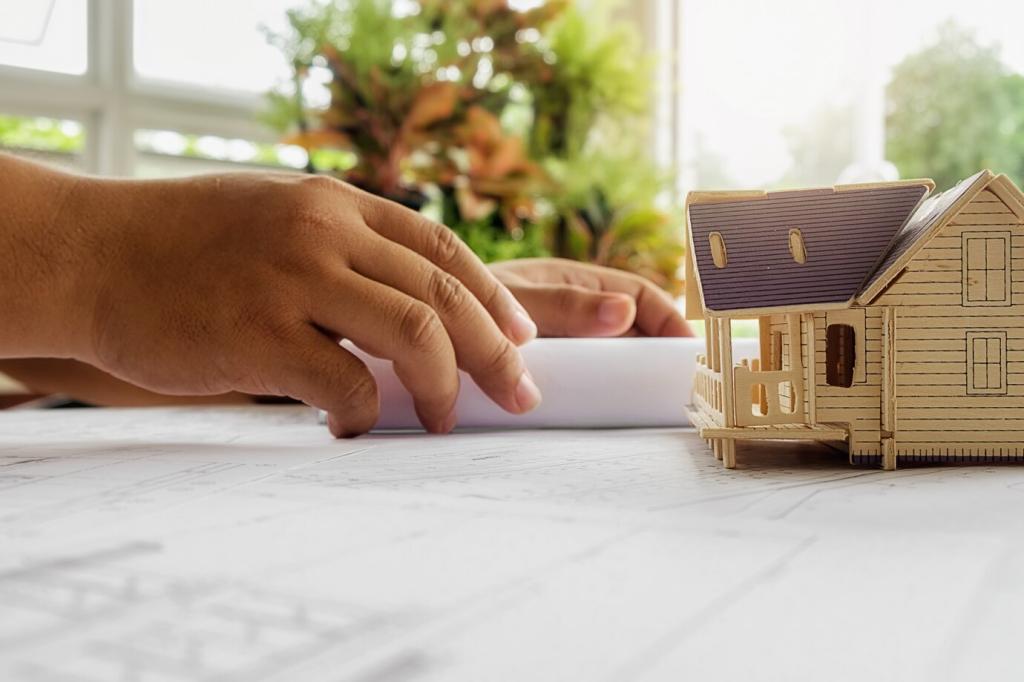
The Future of Interoperability in Smart Homes
The rise of smart home technology has introduced incredible convenience and automation possibilities into everyday life, but it has also revealed significant challenges when it comes to making various devices work seamlessly together. As homes fill with gadgets from different manufacturers—each with its own communication protocols and management apps—the industry increasingly recognizes the necessity for universal standards and interoperability. Looking ahead, the ability for smart home products and platforms to connect, understand, and respond to each other’s commands will define the success and widespread adoption of this transformative technology.
The Importance of Universal Standards

The Role of Industry Alliances
Industry alliances such as the Connectivity Standards Alliance (CSA) and the development of protocols like Matter are driving forces behind universal standards for smart home interoperability. By bringing together competing brands under a shared vision, these alliances aim to simplify device integration and ensure reliable performance across platforms. This collaborative approach is helping to accelerate standardized adoption, making it easier for consumers to invest in and expand their smart home setups without fear of obsolescence. As these standards reach critical mass, the friction caused by proprietary solutions is expected to diminish, ushering in a new era of seamless smart living.

Challenges in Standardization
Despite the momentum, achieving universal smart home standards is not without obstacles. Manufacturers may resist relinquishing proprietary technologies that grant them competitive advantages, and legacy devices may lack the ability or incentives for updates compatible with new protocols. Moreover, regional differences and regulatory requirements can further complicate consensus on technical specifications. Addressing these challenges requires ongoing negotiation, investment, and commitment from stakeholders throughout the ecosystem. If successfully navigated, however, the end result will be a more robust and consumer-friendly environment.

The Impact on User Experience
The direct benefit of universal standards is seen in an improved user experience. With interoperability as the norm, setup becomes more intuitive, troubleshooting is minimized, and the ecosystem just works as advertised. Homeowners are empowered to mix and match devices, choosing the best product for their needs without compatibility concerns. As an added benefit, a unified standard fosters innovation, allowing developers to build novel features that span devices and brands, thus continuously enhancing life at home.
Advances in Device-to-Device Communication
Next-Generation Protocols
Next-generation communication protocols like Thread and Matter are designed to facilitate low-latency and highly secure interactions among disparate devices, regardless of their brand or function. Unlike previous generations that relied heavily on Wi-Fi or Bluetooth, these protocols operate in mesh networks, creating redundancy and minimizing single points of failure. The result is increased reliability and responsiveness, enabling scenarios where devices anticipate and execute user preferences automatically. As these protocols become mainstream, they will unlock the true potential of a connected home, empowering more sophisticated routines and use-cases.
Dynamic Automation and Context Awareness
Device-to-device communication is moving beyond simple triggers to context-aware automation, where devices exchange not just commands but also contextual data. For instance, a thermostat may consult motion sensors and lighting preferences to adjust the climate based on occupancy and activity levels in real-time. This granularity of coordination creates smart homes that are proactive rather than reactive, adapting seamlessly to residents’ routines and priorities. Such capabilities will require interoperability built not just on agreed protocols but on shared language and data models.
Security Implications
While enhanced device communication underpins smarter homes, it also introduces new security considerations. Open interoperability standards mean that a vulnerability in one device could potentially compromise others within the same network. Addressing these risks demands rigorous authentication, encryption, and regular updates, enforced as requirements at the protocol level. Going forward, security-by-design principles will become integral to any interoperability standard, ensuring that the convenience of a connected home never comes at the cost of privacy or safety.
Growing Impact of AI and Machine Learning
Adaptive Device Coordination
Through embedded AI, smart devices are learning to interpret user behaviors, adapt to changing environments, and coordinate actions fluidly. Rather than relying solely on static rules or user-initiated commands, devices begin to collaborate organically, learning which combinations serve users best at various times of day or in response to subtle cues. Think of a home where lighting, climate, music, and security instantly synchronize with a resident’s mood or presence, handled seamlessly in the background.
Predictive Automation
Machine learning is making predictive automation a reality, where the smart home anticipates needs and takes preemptive action. By analyzing long-term trends and contextual data, AI can suggest or implement energy-saving routines, enhance security when residents are away, or adjust entertainment preferences automatically. The result is a home that not only responds to commands but evolves with its inhabitants’ habits, further blurring the line between human intent and machine assistance.
Continuous Learning and Improvement
Unlike traditional automation, AI-driven interoperability is characterized by continuous learning. Devices and systems gain from every interaction, refining their models to enhance accuracy and personalization. This ongoing process requires robust frameworks for sharing and updating data across devices while respecting user privacy and consent. The future smart home will be one where interoperability is as much about evolving intelligence as it is about technical standards, with each device contributing to—and benefiting from—a shared knowledge ecosystem.
